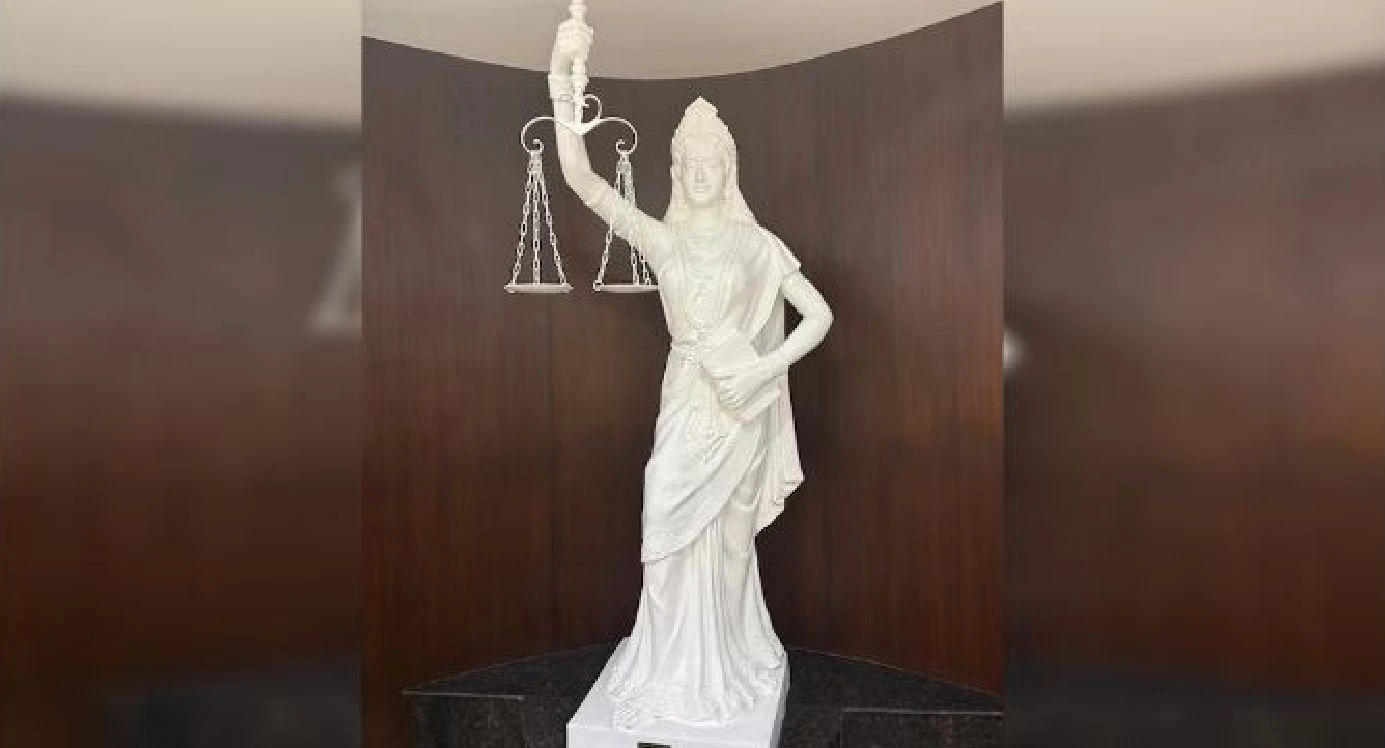
Who Judges the Judges?
Who Judges the Judges? The Justice Yashwant Verma Case & Judicial Accountability Debate
CLAT Current Affairs 2026 | Best Online Coaching for CLAT | Online Coaching for CLAT
Why in News
The Justice Yashwant Verma case has sparked intense debate about judicial accountability, constitutional safeguards, and the proper mechanisms for investigating judges. The discovery of burnt currency at his residence led to an in-house inquiry by a panel of Supreme Court judges. Later, the Chief Justice of India recommended impeachment, but the broader question emerged:
Who judges the judges in a constitutional democracy like India?
Two perspectives are highlighted in the article:
- Govind Mathur, former Chief Justice of Allahabad High Court, argues that an in-house inquiry does not grant immunity from criminal law.
- Shashank Maheshwari, legal academic, contends that peer review under constitutional safeguards is the appropriate channel, not politicized police intervention.
Introduction
The judiciary is a cornerstone of democracy, entrusted with upholding constitutional values and public trust. However, when a judge faces allegations of serious misconduct or corruption, it leads to a constitutional dilemma: How to hold them accountable without undermining judicial independence?
The case of Justice Yashwant Verma has revived this debate, especially because it involves criminal allegations (burnt currency discovered at his home) and a parallel internal judicial inquiry under the 1968 Judges (Inquiry) Act.
For CLAT 2026 aspirants, this case is significant as it explores:
- Judicial ethics
- Separation of powers
- Constitutional safeguards
- Role of Parliament vs Judiciary
- Due process in judge accountability
Point-wise Summary of the Article
- Govind Mathur: “In-house inquiry is not immunity”
- Incident Background
- Burnt currency was found at Justice Yashwant Verma’s residence in March 2025.
- This caused serious public concern about judicial integrity.
- The judiciary responded by initiating an in-house inquiry.
- CJIs Actions
- The Chief Justice of India constituted a panel of senior judges.
- Based on the findings, the President of India was advised to initiate impeachment proceedings.
- Legal Argument
- Mathur argues that in-house mechanisms cannot override criminal law.
- The law laid down in Veeraswami case does not bar investigation of a judge when criminality is involved.
- Need for FIR and Police Role
- FIR under various laws: Bharatiya Nyaya Sanhita 2023, PMLA, Income Tax Act, etc.
- In-house inquiry cannot replace standard criminal procedures like FIRs, seizures, or arrests.
- Due Process for Police
- The police were reportedly denied access to seize documents or conduct a forensic probe.
- This is seen as violating basic criminal procedure and evidentiary laws.
- Conclusion
- While judicial independence must be protected, judges are not above the law.
- Transparency requires allowing criminal investigation to proceed in parallel with internal judicial review.
- Shashank Maheshwari: “Peer review is the proper channel”
- Judicial Independence
- Refers to Argya Sengupta’s book discussing the Nehru-Sabharwal debate on judicial accountability.
- Sabharwal emphasized judiciary’s role in self-regulation, resisting parliamentary overreach.
- Constitutional Safeguards
- Judges (Inquiry) Act, 1968 was created post-independence to replace political interference.
- It provides for impeachment after a detailed inquiry, maintaining constitutional balance.
- Legal Precedents
- In Keshav Singh v. Speaker and People’s Union for Civil Liberties, the SC ruled against arbitrary punishment of judges by other branches.
- Process Integrity
- Argues that criminal FIRs or police intervention would set a dangerous precedent.
- It would open the judiciary to political vendetta or populist pressures.
- Against Immediate FIRs
- Maheshwari supports removal via impeachment, not arrest or prosecution via executive action.
- This ensures institutional insulation of the judiciary from political interference.
- Conclusion
- Accountability must occur through constitutionally structured peer mechanisms, not criminal shortcuts.
- He supports reforms in the Judges (Inquiry) Act but warns against bypassing it.
Constitutional and Legal Framework
- Judges (Inquiry) Act, 1968
- Sets the procedure for impeachment of High Court or Supreme Court judges.
- Only Parliament can remove a judge on grounds of proved misbehavior or incapacity.
- Veeraswami Case (1991)
- Ruled that judges are not immune to criminal investigation, but prior CJI approval is required.
- Interprets Article 124(4) of the Constitution.
- Article 124(4) & 124(5)
- Provide the basis for judicial removal.
- Impeachment requires special majority in Parliament.
- Article 50
- Directive Principle that calls for separation of judiciary from executive.
Legal and Ethical Issues for CLAT & UPSC
Issue | Explanation |
Judicial Immunity | Whether a sitting judge can be subject to police FIRs and prosecution |
In-House Inquiry vs Criminal Law | Can internal mechanisms block legal due process? |
Due Process | Whether the police must have access to crime scenes involving judges |
Separation of Powers | Prevents executive interference in judicial discipline |
Judicial Independence | Ensures judges are not intimidated or removed due to political pressure |
Key Terms Explained
- Impeachment of Judges: A formal process to remove a judge from office by Parliament.
- In-house Mechanism: Internal judicial panel investigating misconduct without criminal prosecution.
- Peer Review: Accountability conducted by fellow judges, not police or political actors.
- Veeraswami Doctrine: CJI approval is required to investigate judges under criminal law.
- Constitutional Morality: Adherence to constitutional spirit over procedural technicalities.
Relevance for CLAT 2026
This topic is deeply intertwined with:
- Legal Reasoning (due process, misbehavior, evidentiary procedures)
- Current Affairs (judicial controversies, ethics in governance)
- Constitutional Law (separation of powers, Article 124, judicial independence)
- Legal GK (Judges Inquiry Act, impeachment process)
Conclusion
The Justice Yashwant Verma case has reopened essential debates about how to hold judges accountable without compromising judicial independence. While one view demands criminal action alongside internal inquiries, another urges strict adherence to constitutional procedures and peer review.
Both views agree on one thing: trust in the judiciary depends on transparency, fairness, and rule of law. For law aspirants, this is a foundational debate shaping the future of India’s constitutional democracy.







